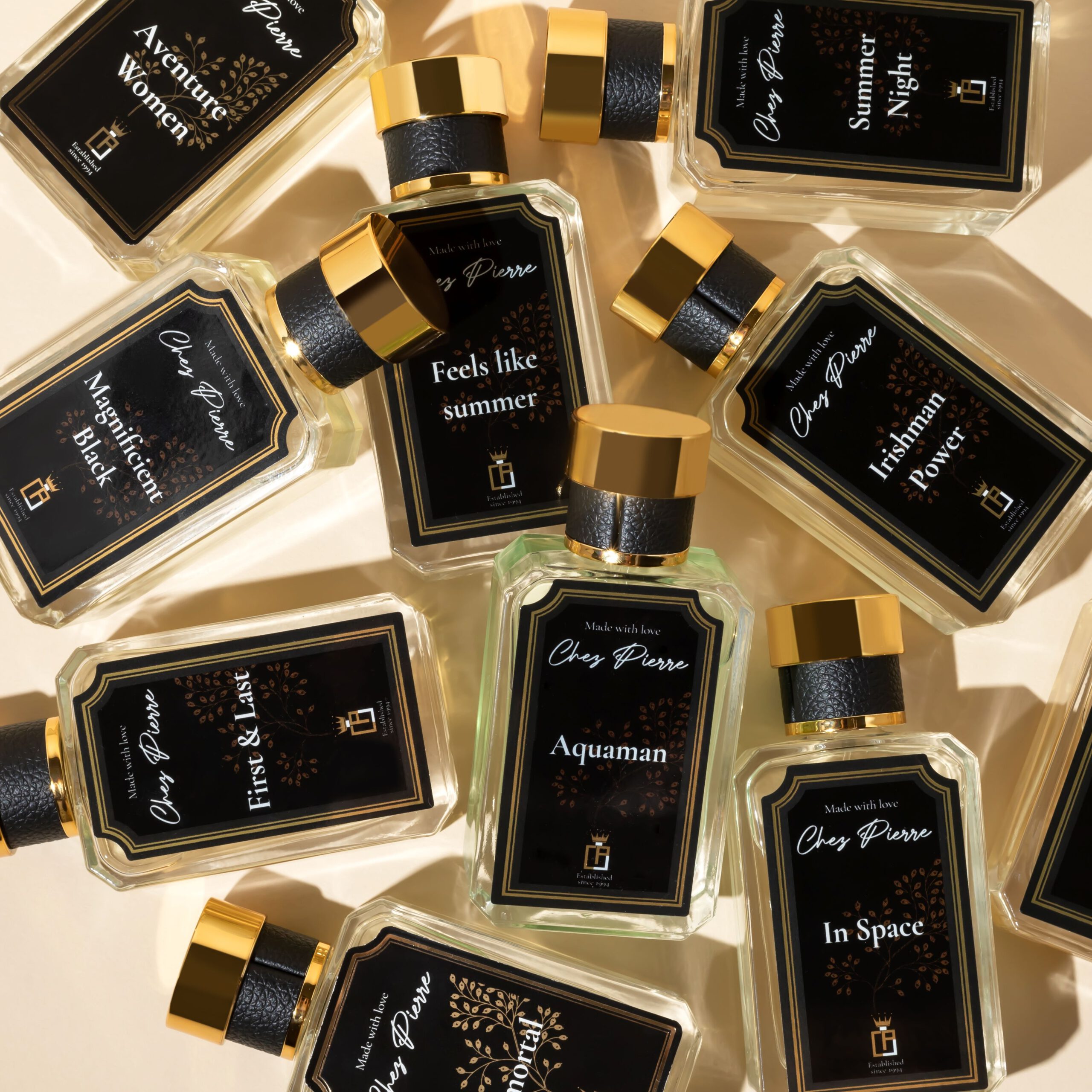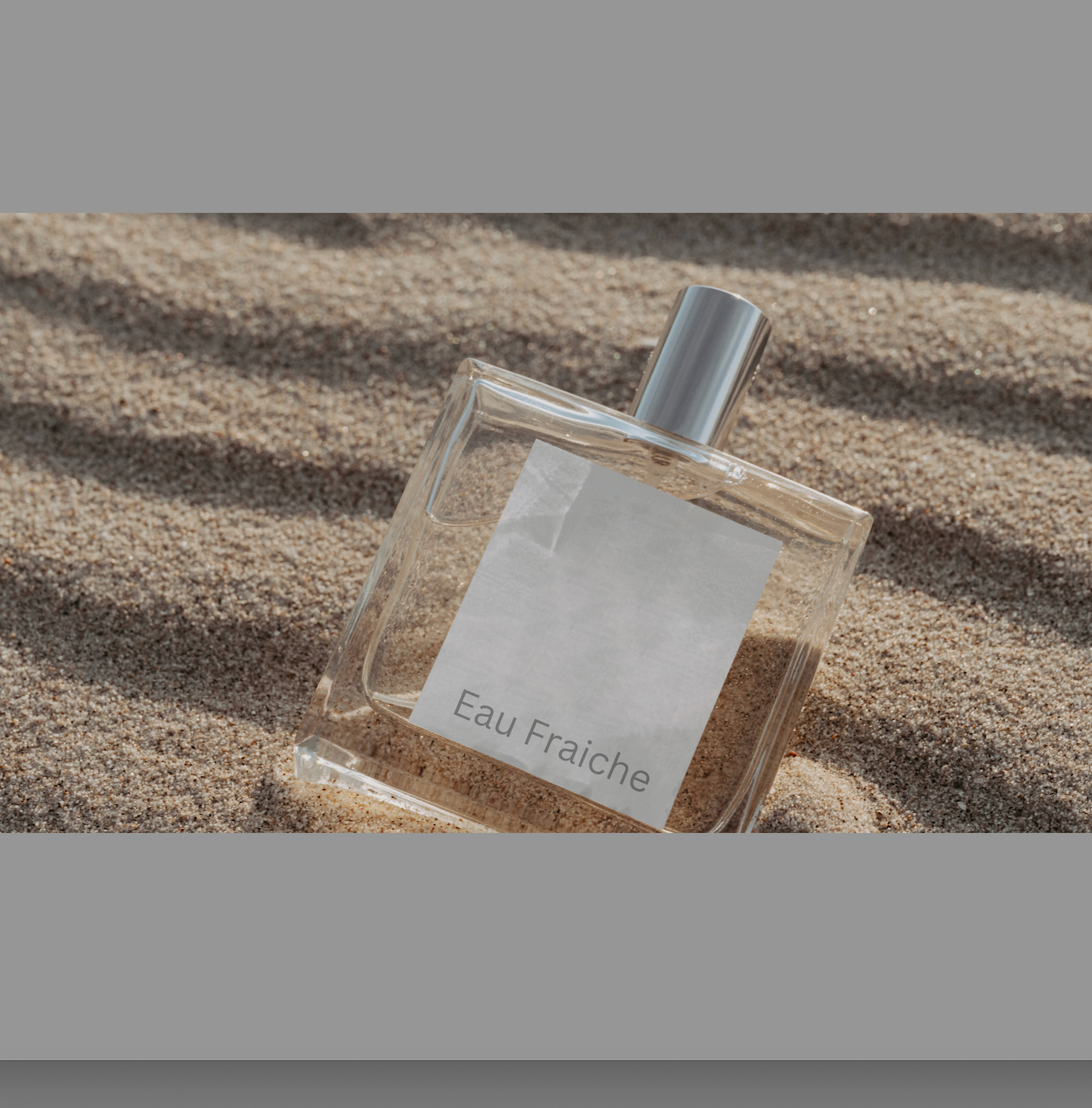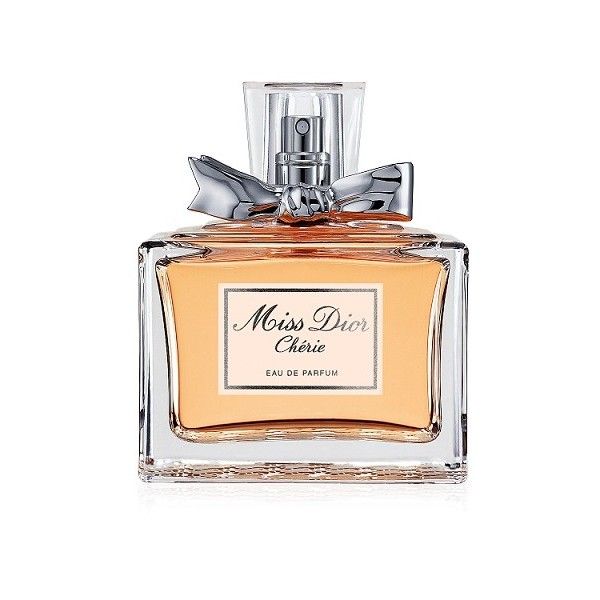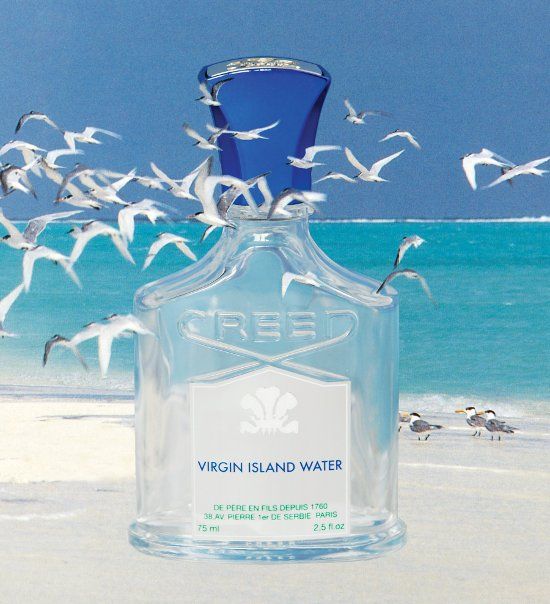
Fragrance Matrix: How Many Types of Perfume Actually Exist?
In a world where our senses are constantly engaged, perfume is a remarkable expression of art and emotion.
It has the power to evoke memories, transforming our mood with just a single whiff.
There are so many various types of perfumes that you may create and combine.
If you are confused and have difficulty recognizing and defining diverse fragrance types, you are at the right place!
Observe this precious liquid through your specter of life, where each scent has its unique memory and purpose.
From all kinds of scent families to diverse concentrations, there is a perfume for every occasion and personal preference.
Chez Pierre will spread the knowledge about all possible cologne types, how to classify fragrances, present the perfume dupes, and assist you in finding your signature scent!
What Is the Difference Between Fragrances and Perfumes
Fragrance Unmasked
The fragrance is a complex sensory experience. It involves the detection of volatile compounds through our sense of smell.
The compounds may come from natural sources, such as flowers, fruits, and spices, or they can be artificially synthesized in a laboratory.
The composition of fragrance molecules is very diverse. They interact with each other to create unique scent combinations.
From perfumes and colognes to household cleaners, diffusers, cosmetics, candles, and even food as a flavor, their usage is wide!
The Source of Perfume
In the realm of perfumery, fragrance takes on a more specific meaning. Perfume is an ensemble of olfactory elements, vital essences, and liquefiers aimed to provide a captivating scent aura.
Perfumes can be observed in so many specters of layers that it is astounding. From the complexity of their fragrance to the way they evolve, each layer reveals something new about the scent.
It is the intensity of the fragrance, that creates different levels of perfume. The percentage of essential oils inside the bottle defines perfume intensity.
The right scent can increase your confidence, mood, and overall sense of well-being.
Perfumes are truly a treasure for the senses, a scented symphony that captivates and enchants.
6 Different Types of Perfume: Which One Lasts the Longest?
One of the most important perfume categories is based on their oil concentration, which determines the strength and longevity of the fragrance.
The higher the percentage of essential oil, the stronger and longer-lasting the scent will be.
Let us introduce you to 6 diverse levels of perfume concentration:
1. Parfum or Extrait de Parfum
The word Parfum originated from old French and it is a more common way of saying perfume nowadays.
You can also refer to it as Extrait de Parfum or pure perfume. It has the highest concentration of fragrance oils, typically between 20% to 35%.
It contains more essential oils and less alcohol than other types of fragrances.
This makes it the most long-lasting and expensive type of perfume. It is supposed to last around 12 hours.
2. Eau de Parfum
Eau de Parfum (EDP), originates from the French phrase which means "Perfume Water".
This is the most popular and widely used type of perfume with a concentration of fragrance oils between 15% to 20%.
"Eau” is often used as a prefix for perfume concentrations to indicate the strength and intensity of the fragrance.
Parfum Eau is less expensive than Parfum and still has a long-lasting fragrance. Estimated longevity is between 8-12h.
3. Eau de Toilette
Toilette Eau has often been considered a safer option for those who prefer a more subtle scent or who are sensitive to strong fragrances.
Eau De Toilette (EDT) has a combination of perfume oils from 5% to 15%.
You can expect this lighter fragrance type, and it is suitable for everyday use to last about 3 hours on your skin.
4. Eau de Cologne
This type of perfume originated in Cologne, Germany, in the 18th century.
Eau de Cologne is known for its fresh, clean scent and is often used as a daytime fragrance or refreshing body splash. It usually lasts up to 2 hours.
A classic scent that has been popular for centuries is typically made from a mixture of citrus oils and other botanical extracts, such as lavender, rosemary, and neroli.
Cologne Eau is a refreshing and light fragrance that is perfect for hot summer days and has one of the lowest concentrations of fragrance oils, typically between 2% to 4%.
5. Eau Fraiche
Eau Fraiche is the lightest fragrance type and is suitable for people with sensitive skin.
It is similar to Cologne Eau but has an even lower concentration of fragrance oils, typically between 1% to 3%. Usually, it is noticeable from 1 to 2 hours on the skin.
Although Body Mist has just slightly less fragrance concentration than Eau Fraiche, it is generally used for a different purpose.
While Eau Fraiche may create a light and refreshing feeling, Body Mists often have ingredients like aloe or other moisturizers that help hydrate the skin.
6. Perfume Oils
Also known as fragrance oils, are concentrated liquids containing aromatic compounds used to create perfumes, colognes, and other scented products.
They are often made from a blend of natural or synthetic ingredients and can be used on their own or as a base for other fragrances.
Essential oils should not contain alcohol. You may do a quick and easy oil quality check with a lighter; if it is pure, it will not burn, but if it is not, alcohol will burn!
What Type of Alcohol Is Used in perfume?
The most commonly used type of alcohol is ethanol (also called ethyl alcohol), specifically denatured ethanol which is unsuitable for consumption because of added chemicals or bittering agents.
Ethanol is ideal for perfume use because it evaporates quickly at room temperature, which allows the scent of the perfume to be released into the air once applied.
Alcohol is commonly used as a solvent or carrier in perfumes to dissolve and stabilize fragrance oils.
It helps to release the volatile compounds in the fragrance, allowing the scent to be diffused in the air and perceived by the sense of smell.
The concentration of alcohol in perfumes generally ranges from around 65% to 90%.
Perfume Oil Attars
Attars are traditional Indian perfumes that have been used for centuries. With traditional methods, extract essential oils and resins from plant materials like sandalwood, jasmine, and rose through distillation.
These extracted oils are then blended with carrier oil to create fragrances. Carrier oils are typically derived from plant-based sources, such as seeds, nuts, or kernels.
Their common use is diluting concentrated essential oils or fragrance oils to make them safe for direct use on the skin or for diffusing in the air.
They are also highly prized for their therapeutic properties, as many of the plant materials used in their production have medicinal properties.
Perfume oils and attars are often used as a natural alternative to synthetic fragrances, as they do not contain the harsh chemicals found in many commercial perfumes.
Attars are also popular among people with sensitive skin or allergies, as they are less likely to cause skin irritation or allergic reactions.
The carrier oil helps to nourish and moisturize the skin while also providing a slow release of the fragrance over time.
Explore All Scent Families: You Wish You Knew Them Before!
Perfumes are also categorized into scent families based on their dominant notes.
The family further branches on smaller groups of notes, intertwining with different types of scents, creating unique types of fragrances.
Various combinations of notes create a unique and harmonious fragrance.
Looking at the specter of the colorful and memorable notes we may recognize the main 4 different types of scents:
- Floral Notes
- Oriental Notes
- Woody Notes
- Fresh Notes

Each scent family can be further divided into subcategories with varying combinations of ingredients.
Fragrances become more complex by adding more components which makes a unique combination.
Depending on the formula, perfumes may contain a few up to hundreds of ingredients which makes this industry a very complex science.
Here's a brief overview of some of the most common scent families in perfumery, depending on the specific accords used.
Floral Notes
Primarily centered around the scent of one or more types of flowers. They are often associated with femininity and can evoke a sense of romance, elegance, and delicacy.
- Single Floral Accords: Here a single flower is a dominant note. The perfume's composition is designed to highlight the unique characteristics of that flower. They can include roses, lilies, or gardenias.
- Floral Bouquet Accords: This represents the complexity and richness of a bouquet of floral notes. It could involve several types of roses, or a mix of different flowers such as jasmine, lily of the valley, and carnation.
- Fruity Floral Accords: The sweetness or tartness of fruit can either complement the floral note or provide a pleasant contrast. You may combine a peony note with peach, or a rose note mixed with black currant.
- Green Floral Accords: It creates the impression of a flower in its natural setting, complete with green leaves, stems, and perhaps a hint of dew. For instance, you might have a gardenia note combined with the scent of green leaves.
Oriental Notes
Also known as "amber" fragrances, oriental perfumes will warm you up when cooler months of the year approach. The Middle East is their first association having a luxurious, mystic, and seductive quality.
- Spicy Oriental Notes: Involves warm spices like cinnamon, clove, nutmeg, or cardamom. It will remind you of distant exotic markets, spicy foods, or holiday treats.
- Sweet Oriental Notes: Accords such as vanilla, tonka bean, or amber can create a sense of warmth and comfort, often associated with desserts or baked goods.
- Resinous Oriental Notes: Enter an ancient temple and attend a far-distant religious ceremony. Resinous notes, such as frankincense, myrrh, or benzoin, will open rich, deep character adding a veil of mystery.
- Woody Oriental Notes: A combination of the luxury of Oriental elements with the earthiness of woods will add a sense of depth and complexity to the perfume.
Woody Notes
These fragrances can be earthy, smoky, or resinous and often have a natural and outdoorsy quality.
- Soft Woody Notes: Lighter, softer woods such as cedar, sandalwood, or bamboo. The dominant sense of calm and tranquility in a perfume, and transport you to a peaceful forest or a crafted wooden object.
- Heavy Woody Notes: Deeper, more intense woods such as mahogany, oak, or oud. You might think of a classic library or a luxurious piece of furniture.
- Smoky Woody Notes: They might remind you of a campfire, a burnt log, or a leather jacket. Deriving from notes like birch or cade contributes to a sense of mystery or masculinity in a fragrance.
- Green Woody Notes: This can create the impression of a living tree, complete with leaves and sap. You might have a pine or spruce note or a cedar note combined with a fresh grassy element.
Fresh Notes
Fresh fragrances are clean and invigorating, with citrus, herbs, and greenery notes. These fragrances are perfect for summer or for adding a burst of energy to your day.
- Citrus Notes: Accords like lemon, bergamot orange, or grapefruit may provide a burst of energy and uplift the mood. These scents might remind you of a sunny day, a Mediterranean grove, or a refreshing beverage.
- Green Notes: The freshness of green plants will make you think of a spring day, a lush garden, or a walk in the countryside. They involve notes of grass, leaves, stems, or unripe fruit.
- Aquatic Notes: Involves fresh water, marine accords, the scent of a cool breeze, ocean salt mist, or the ozone smell that follows a rainstorm. It will transport you on a beach vacation, a mountain stream, or a fresh morning dew.
- Fruity Fresh Notes: Provides a sense of fun and playfulness to a perfume, evoking memories of summer picnics, fresh fruit salads, or delicious desserts. They involve non-citrus fruit accords like apples, peaches, berries, or tropical fruits.

Fragnance Scent Weel
Understanding the different scent families and subcategories can help you choose a fragrance that fits your style and the occasion.
It's important to remember that fragrance is an individual thing, and what smells good to one person may not necessarily appeal to another.
Classification of Perfumes by Gender: Does it Really Exist?
We can classify perfumes by gender into 3 categories: Male, Female, and Unisex.
But actually, this classification is primarily based on marketing and societal norms rather than any familiar characteristic of the fragrance itself.
Of course, there are notes more preferable to each gender, but no rules will stop you from using any fragrance you wish for.
Some cologne types are naturally more suitable for Men or Women based on ingredients.
Bold and masculine scents often feature notes such as wood, leather, spices, and musk, which evoke a powerful presence.
Feminine and elegant scents are primarily related to floral notes such as rose, jasmine, and lily and fruity or sweet notes like vanilla, citrus, or berries.
The main goal is to feel confident in your skin and then let others enjoy your smell, or maybe they will just move away from you. Life is full of risks!
Perfume companies use gender as an effective marketing strategy to target specific demographics and create a sense of belonging among consumers.
So what is hiding behind classifying perfumes by gender? The reasons are various:
- Social norms: The past, shaped cultural beliefs, specific gender roles, and expectations, and these traditional associations influenced how males and females were supposed to smell.
- Marketing research: Perfumeries analyze consumer data and consumer feedback among different gender groups.
This method of identifying trends and preferences may help companies create fragrances that are designed to match what people think each gender likes.
- Olfactory science: Did you know that women outperform men in all olfactory skills? The study “Sex Differences in Human Olfaction: A Meta-Analysis” from 2019 shows that the female gender does it in each of 3 aspects of olfaction: identification, discrimination, and threshold.
That's why the perfume industry, when creating gender fragrances, must pay attention to both sex characteristics to adapt them.
Are Unisex Perfumes the Best Solution?
By associating a particular scent with a specific gender, companies can create a sense of identity and exclusivity.
Therefore, note that the gender classification of perfumes is not based on any inherent characteristics of the fragrances themselves.
Gender-neutral or Unisex Fragrances have gained popularity in recent years, challenging traditional gender norms and providing more inclusive options for consumers who do not wish to adhere to gender-specific fragrances.
As designed to be worn by both men and women, they typically feature a harmonious blend of notes that can be perceived as neither overtly masculine nor feminine, making them suitable for anyone regardless of gender.
Best Type of Perfumes For Men
- Woody fragrances are typically seen as masculine due to their earthy, rugged, and natural connotations. They often include notes of sandalwood, cedar, and vetiver.
Check our Hero! (Inspired by Terre d'Hermès).
- Citrus scents are refreshing and energetic, making them a popular choice for men. They typically include notes of lemon, orange, grapefruit, or other citrus fruits.
Try Aquaman now! (Our version of Armani’s Acqua Di Gio).
- Aromatic scents are typically warm and inviting, often containing herbs such as sage, rosemary, cumin, and lavender. These are considered masculine due to their bold and distinctive profiles.
Shop our Blue Chance now! (Inspired by Bleu de Chanel).
Best Type of Perfumes For Women
- Floral scents are traditionally considered feminine due to their sweet, soft, romantic, and elegant profiles. They often include notes of rose, jasmine, or lily of the valley.
Try Our Spring Flower now! (Inspired by Gucci Bloom).
- Fruity scents are playful and vibrant. They're more likely feminine because of their sweet, fresh, and light profiles.
Check our Been Good Before! (Inspired by Killian's Good Girl Gone Mad).
- Oriental fragrances for women are seen as luxurious and sensual giving them a mysterious and alluring quality.
Shop our Magnificent Black now! ( Inspired by YSL’s Black Opium).
Perfumes are much more than just fragrances. As an expression of our individuality, a reflection of our personality, this precious liquid stays against time.
With the variety of perfumes available today, we can explore and indulge in this timeless art and experience the beauty and magic of scents.
How To Smell Good
Why Are Perfumes Expensive
How to Apply Cologne
Types Of Perfume
Eau de Parfum
Eau de Toilette
Eau de Cologne
Eau Fraiche
How to Make Perfume Last Longer
Where to Spray Perfume
How Is Perfume Made?
Best Niche Fragrance Houses and Perfumes
- Price Beyond Fragrance: Demystifying the Factors Behind Luxury Perfume Costs
- Explore The Best Niche Fragrance Houses and Perfumes You Must Try
- Why is Creed Cologne So Expensive? [Facts]
- Best Le Labo Santal 33 Dupes - Find Out Why Chez Pierre's Avenue 330 Is Your Next Obsession
- Prenosiva Bočica
- Fragrance Booster
- You and Me
- Freedom of life
Latest Story
Private: Najbolji Ženski Parfemi za 2025: Trendovi, Sezone, Prilike i Saveti Kako do Magične Projekcije
Miris je mnogo više od parfema – to je emocija, uspomena i lični pečat koji ostavljate gde god da krenete. U 2025. godini, svet ženskih parfema spaja tradiciju i inovaciju, donoseći kompozicije koje osvajaju srca i slave vašu jedinstvenost. Od sezonskih mirisa koji prate promene prirode, do večnih klasika koji odolevaju vremenu, svaka kap […]

Luxury within Reach: The Eau Fraiche Effect in the Cologne Cosmos

Best Dior Hypnotic Poison Perfume Dupes - Let Chez Pierre's Coconut Dream Be Your Seductive Touch

Best Miss Dior Cherie Dupes - Let Chez Pierre's Madam Cherry Unleash Your Unique Way Of Seduction

Best Creed Virgin Island Water Clones For Luxury Touch - Let Chez Pierre's Feels Like Summer Be Your Luxury Daydream
